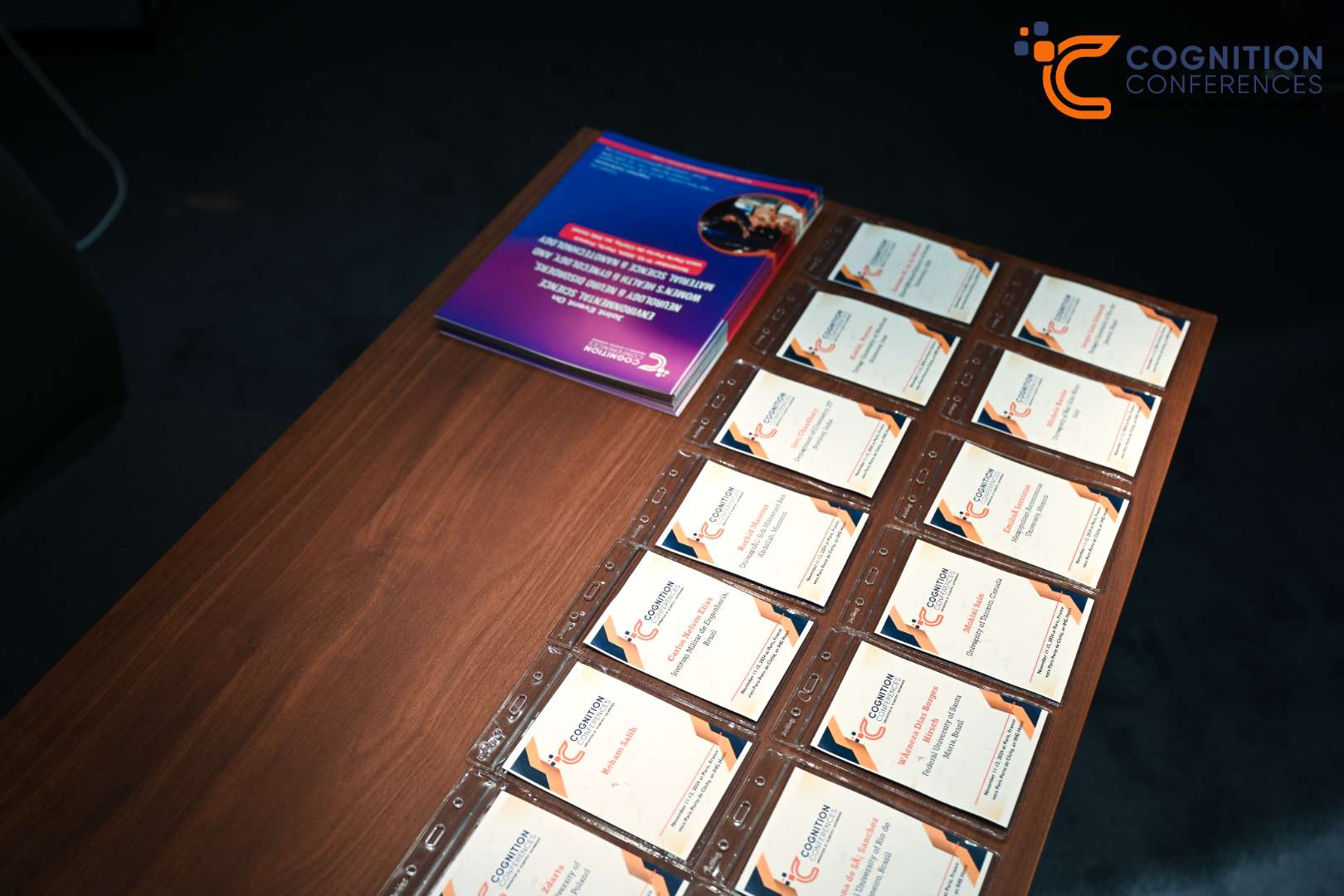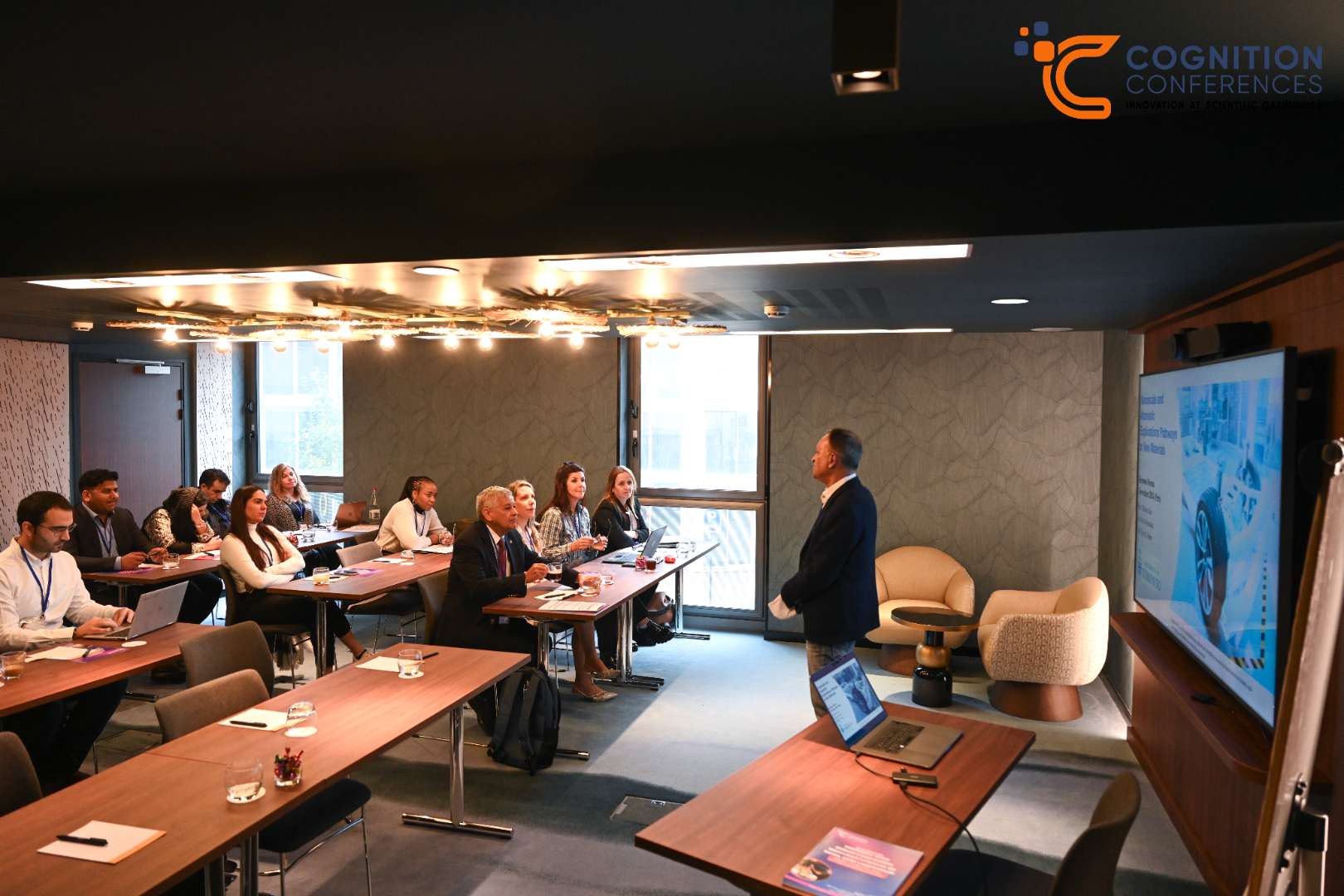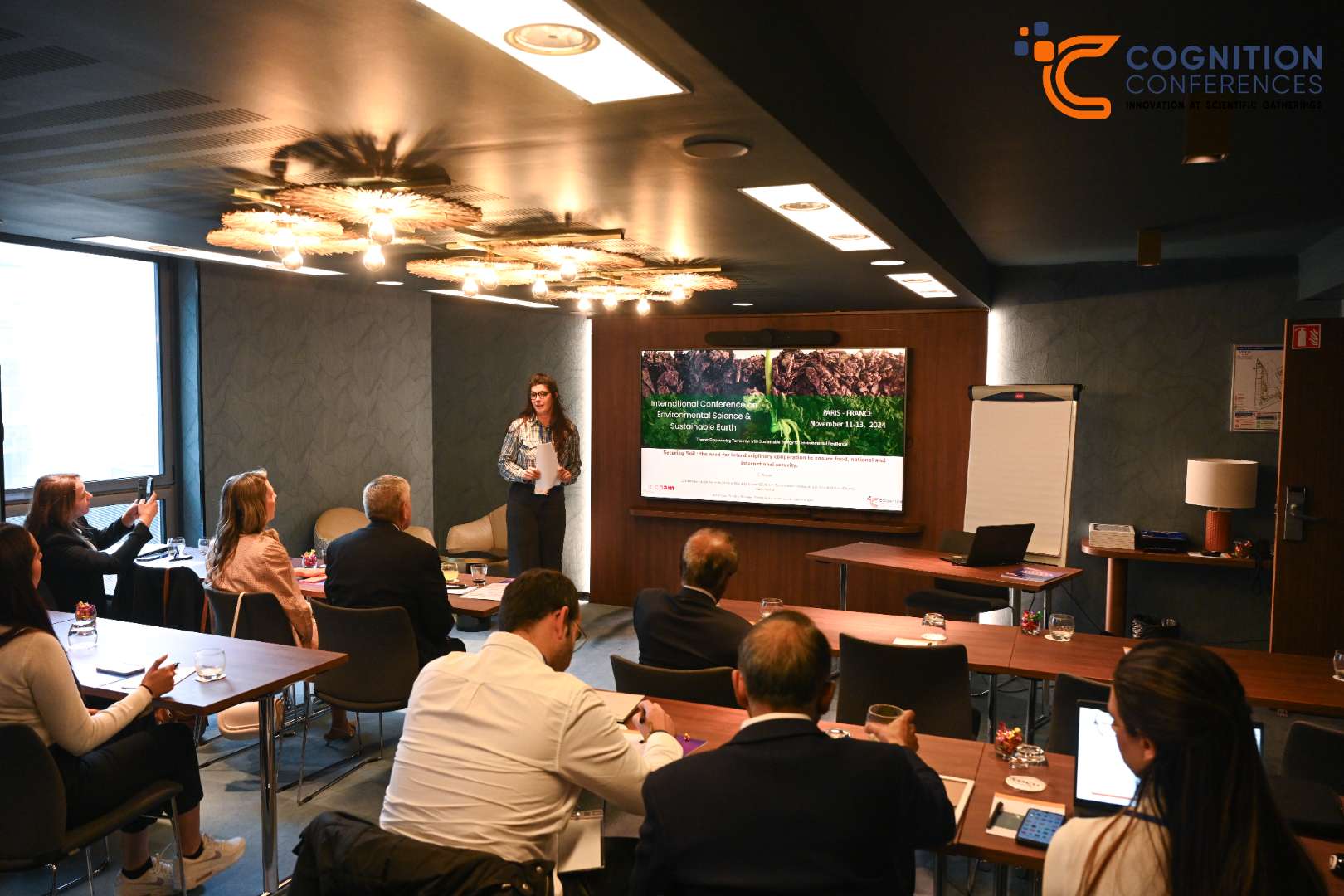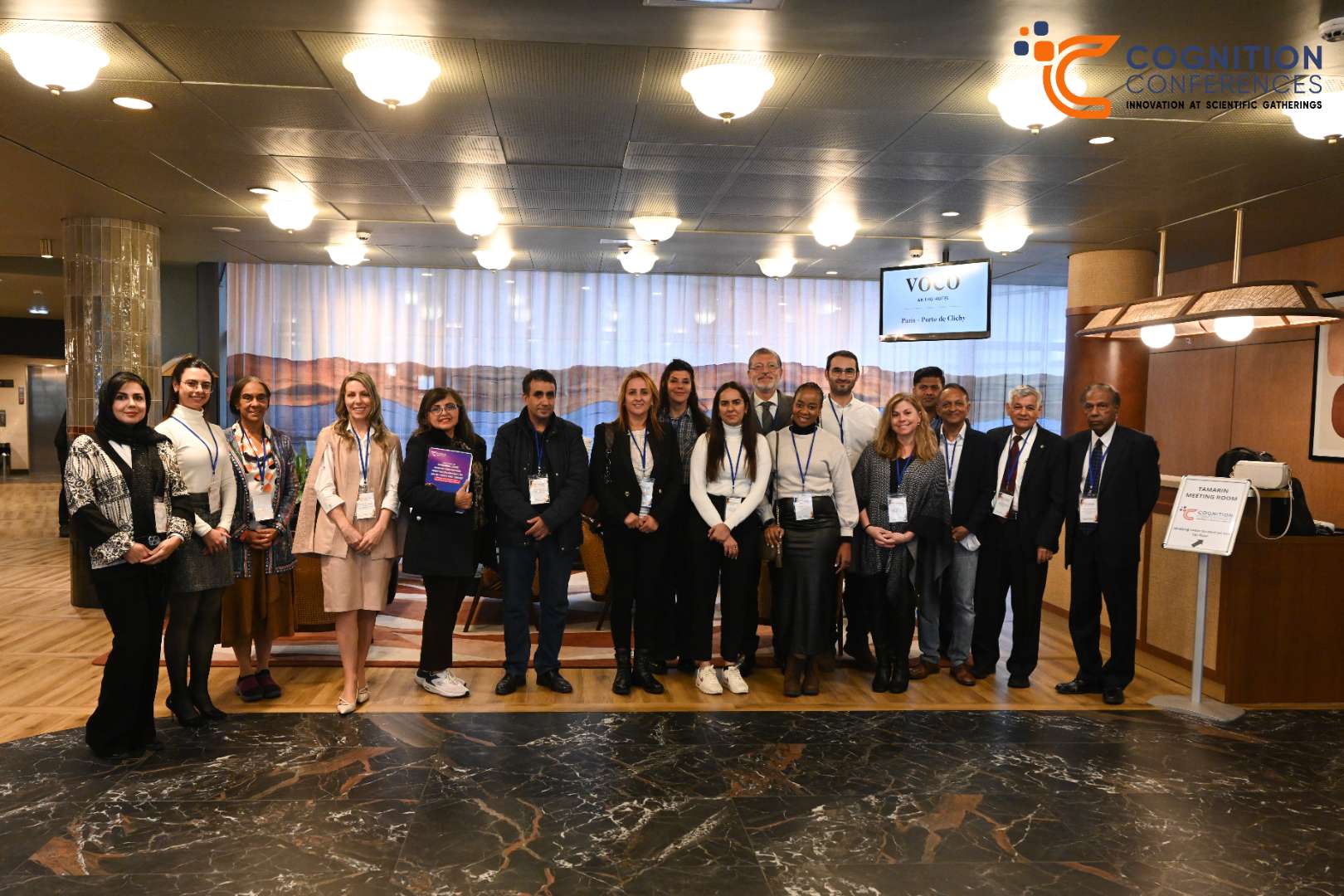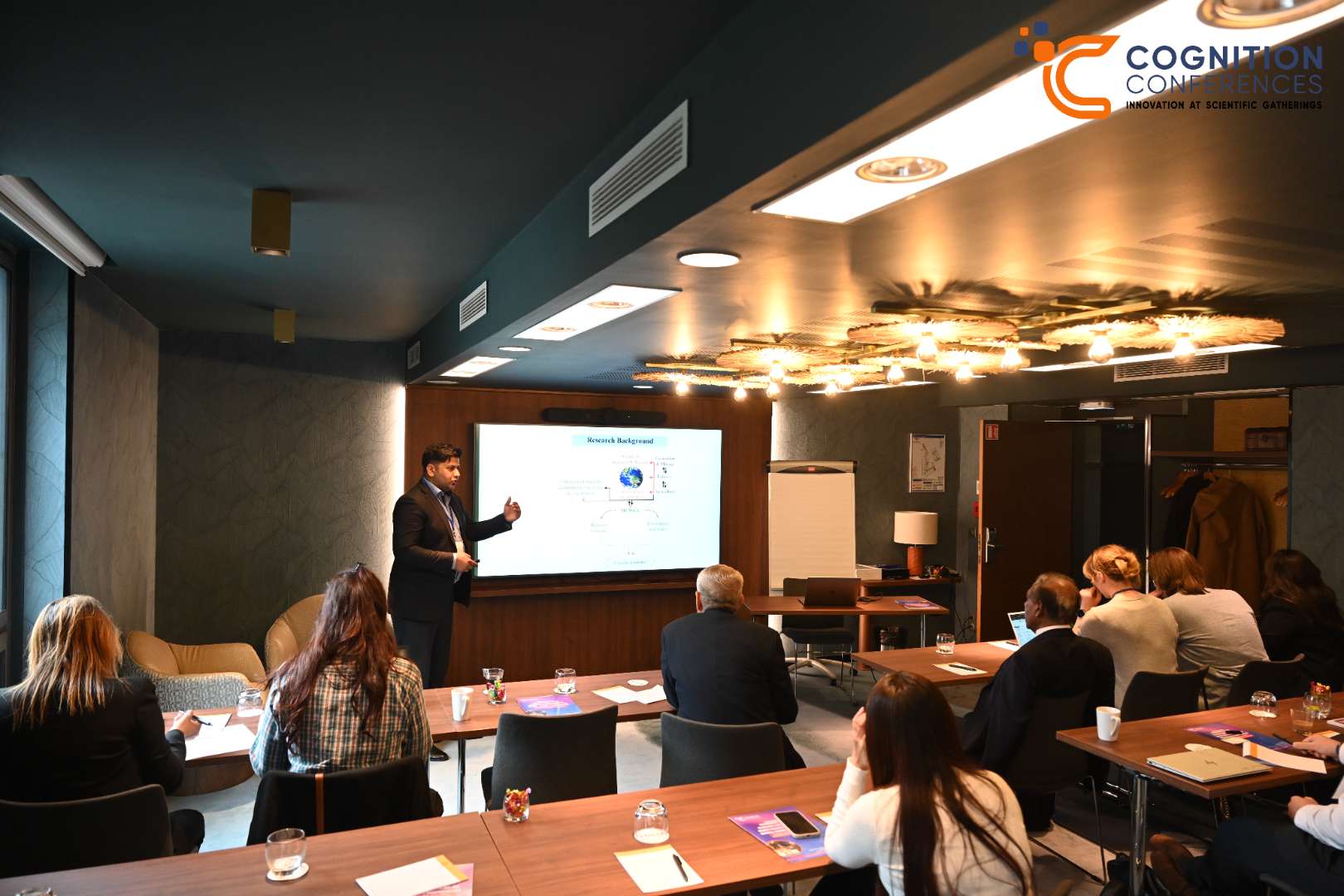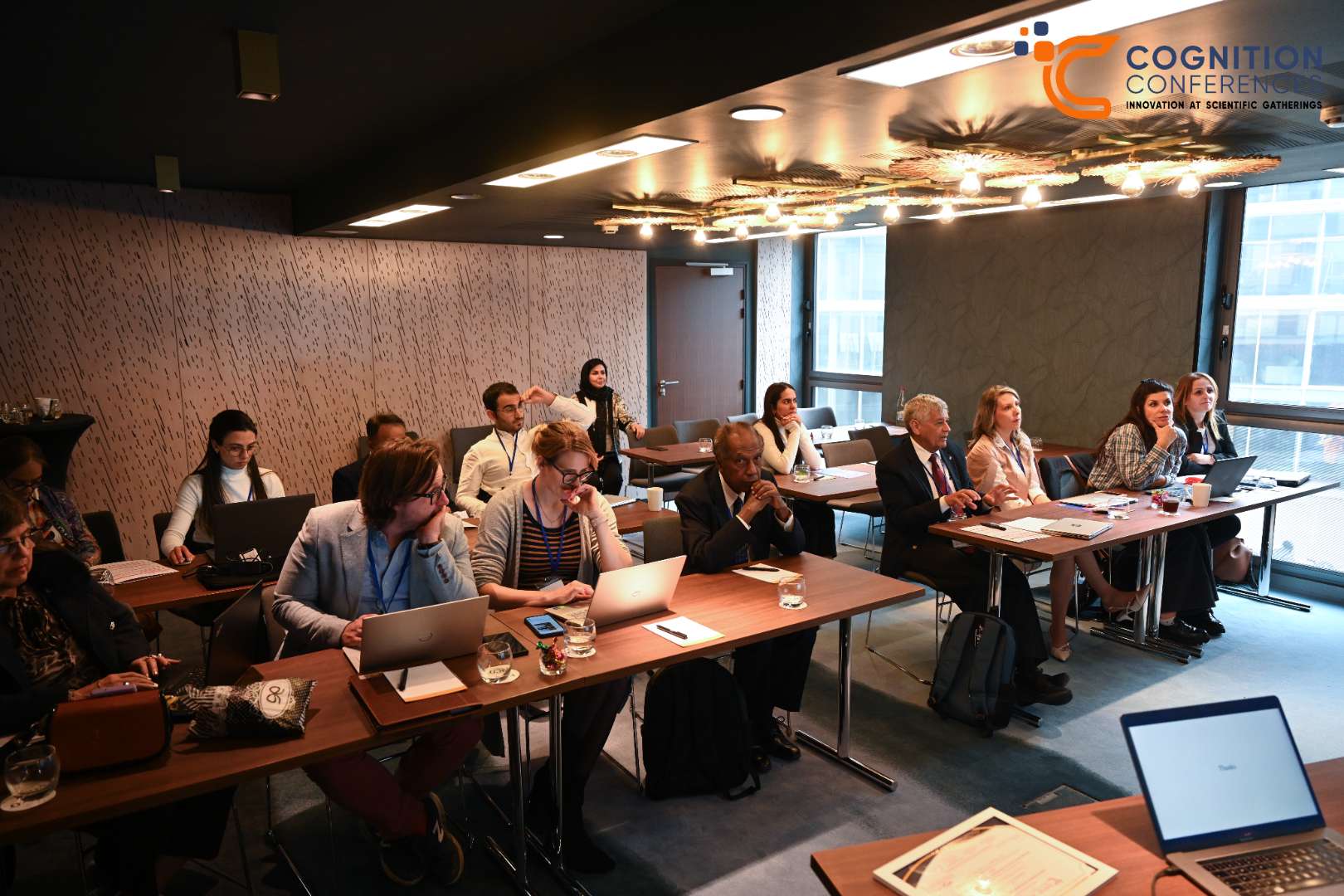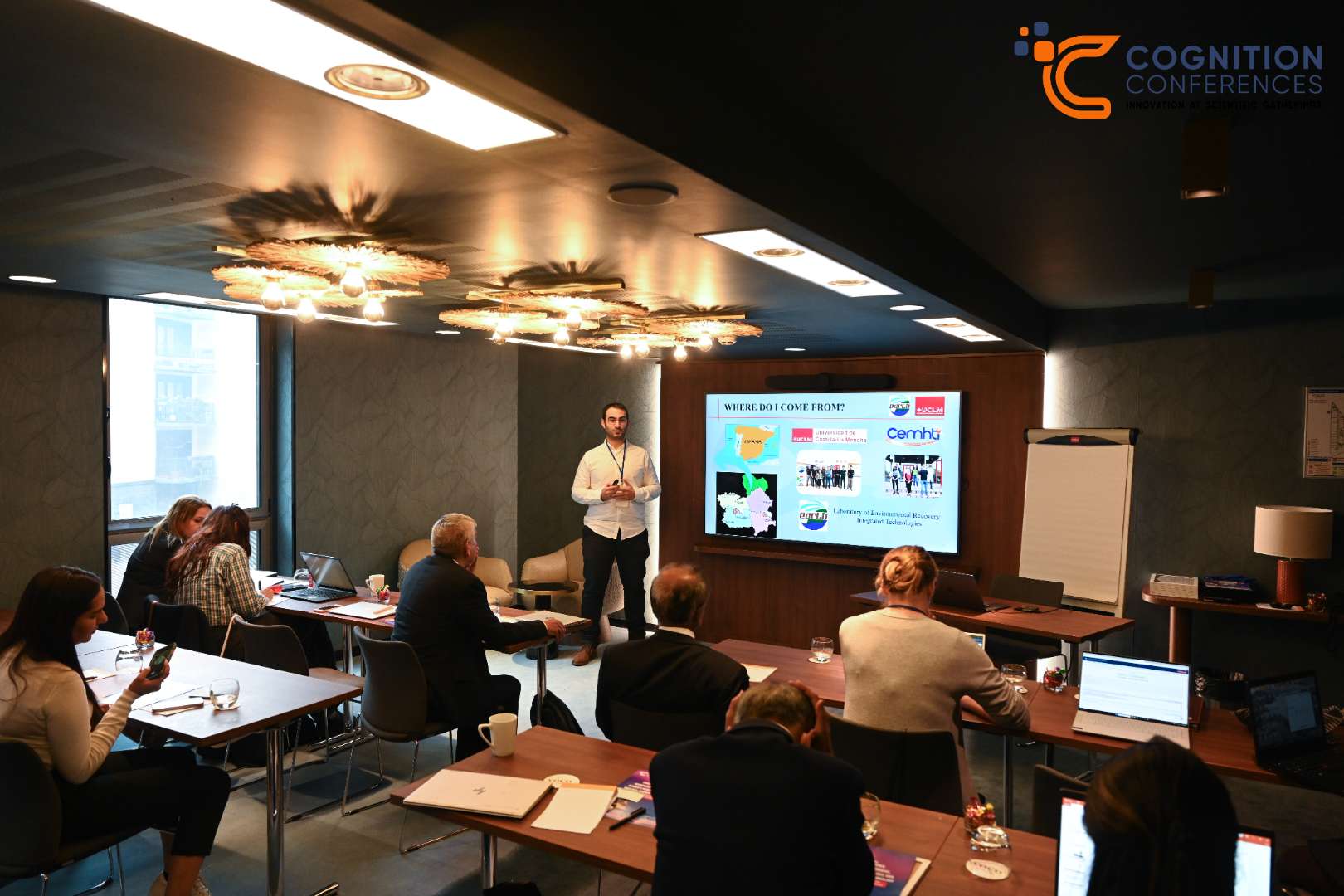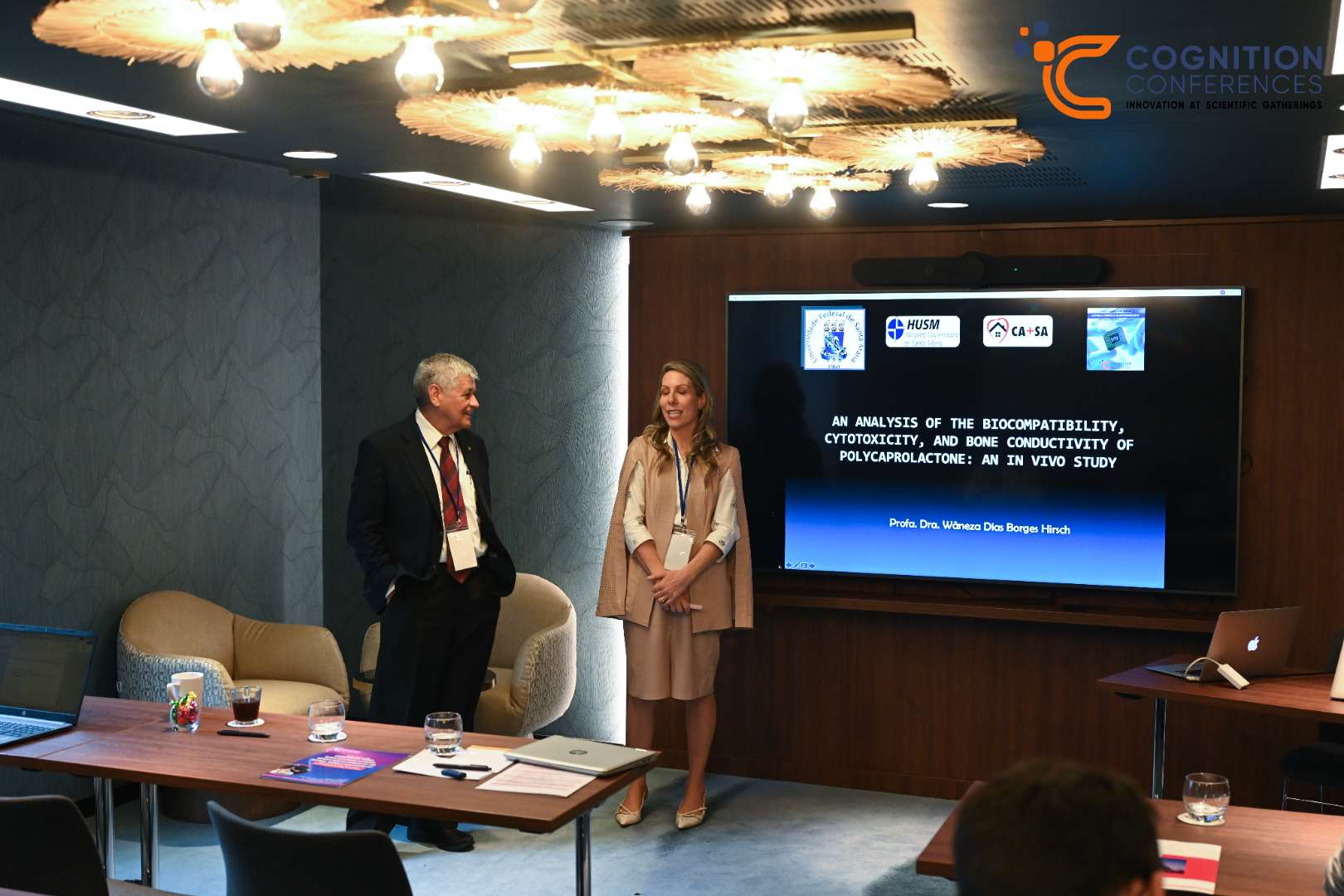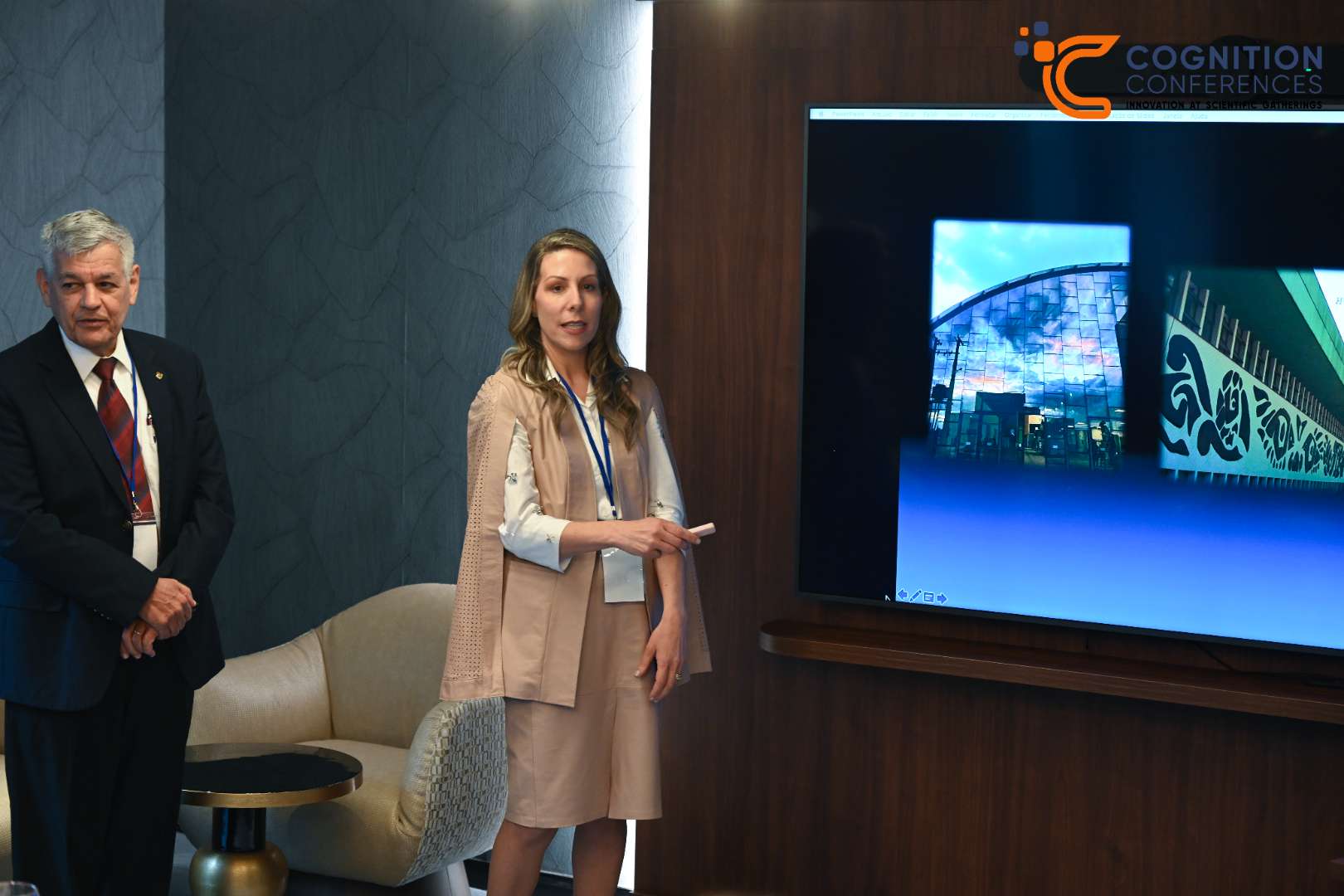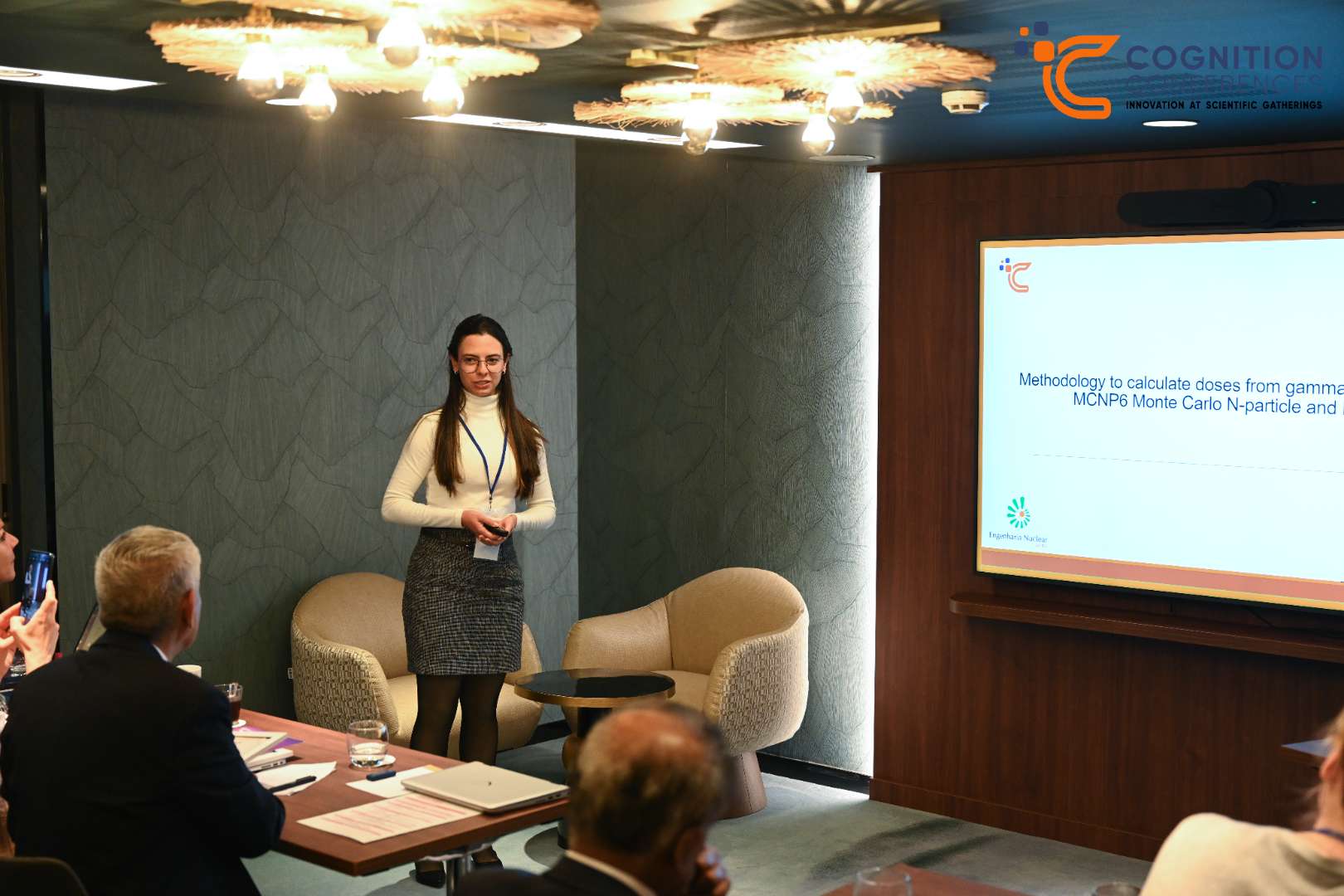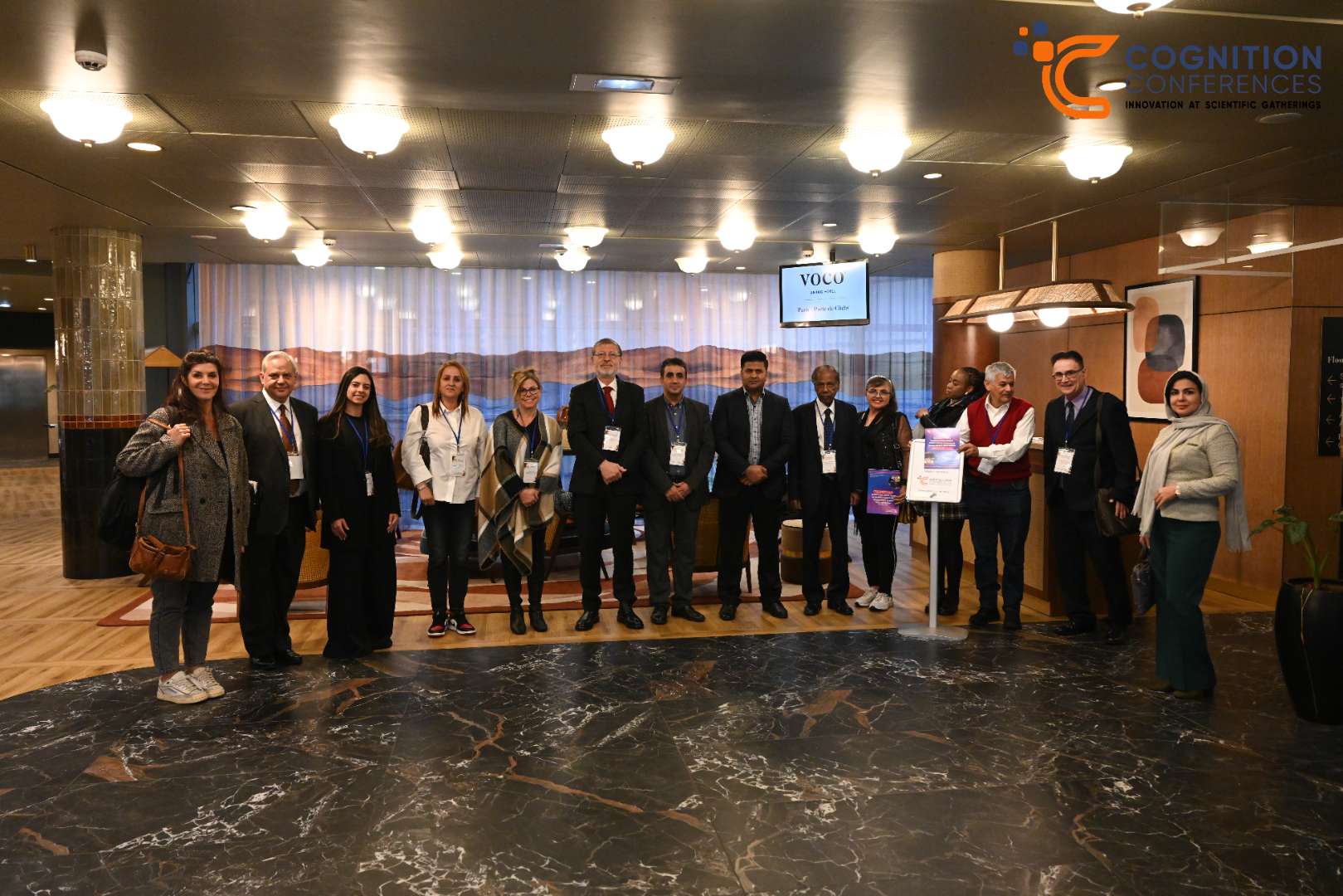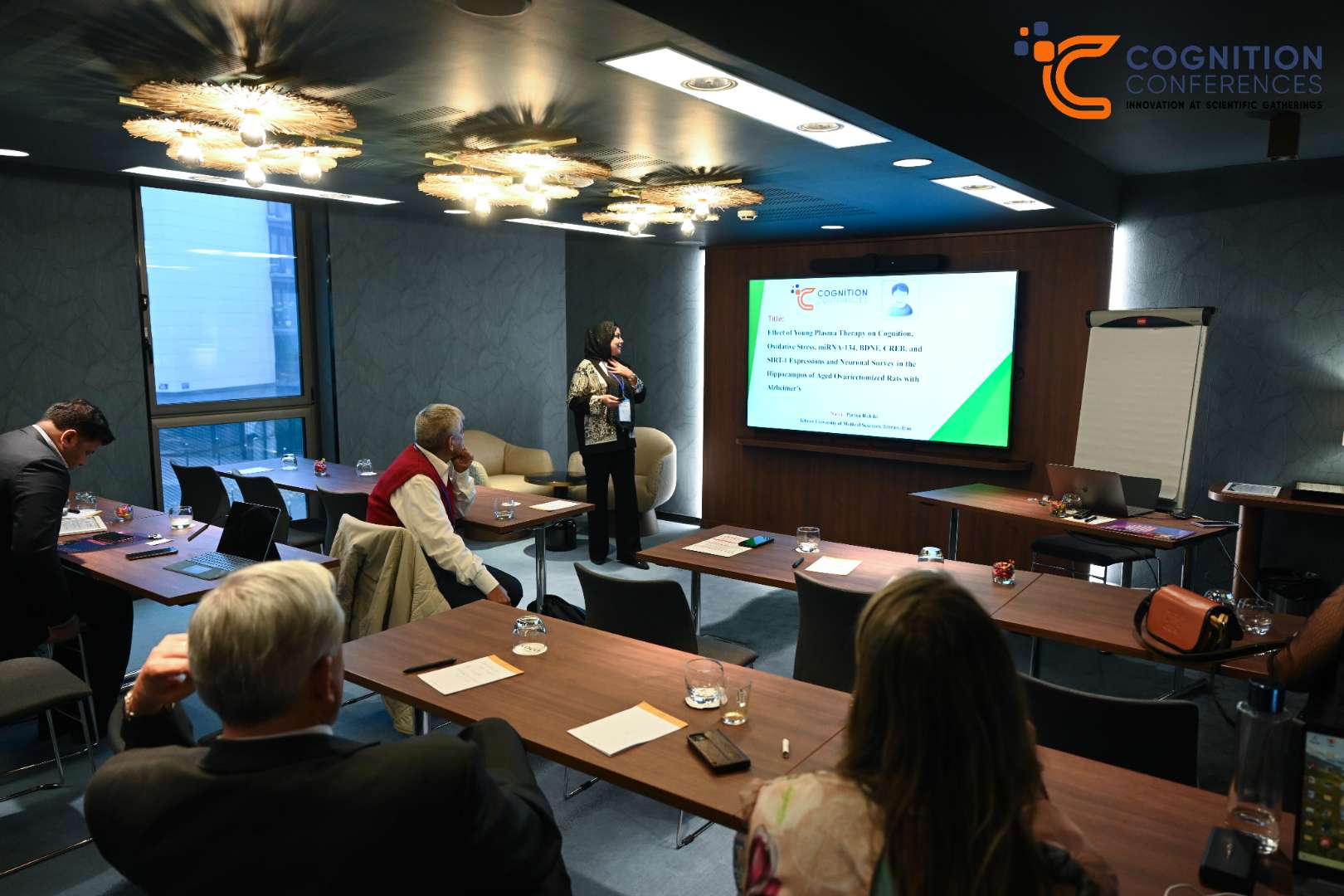ABSTRACT
Background and aim: The suppression of the ovaries could be related to COVID-19, as they are often suppressed in acute illnesses to ensure the normal functioning of other systems and organs. In this context, some patients with COVID-19 were found to have inappropriately high levels of follicle-stimulating hormone (FSH) and luteinizing hormone (LH) [1,2]. In the immune response against SARS-CoV-2, interleukin-6 is released along with other cytokines such as interleukin-8 and tumor necrosis factor alpha, which trigger a pro-coagulant state that is unfavorable for the blastocyst or fetus in a normal human uterus. In addition, high rates of antiphospholipid antibodies (aPLs) have been found in severe COVID-19 patients, although their association with intrahospital vascular thrombosis or worse outcome was not clearly proven [3], and also in patients with subsequent post-COVID syndrome, which could affect pregnancy and fertility. For diagnosis of antiphospholipid syndrome (APS), vascular thrombosis should be accompanied with the presence of aPLs. The aim of this study was to investigate the presence of aPLs in severe COVID-19 female patients and to establish their association with the actual vascular thrombosis, thrombosis in personal history and pregnancy complications.
Methods: In 35 female patients hospitalized with severe COVID-19 pneumonia from March to May 2022, vascular thrombosis and pregnancy complications were recorded during the entire hospital stay and in their medical history. Females were also tested for nine types of aPLs at 4 time points (admission, exacerbation and discharge from hospital and at 3-month follow-up): anticardiolipin (aCL), anti-β2-glycoproteinI (anti-β2GPI) and antiphosphatidylserine/prothrombin (aPS/PT) of the IgM/IgG/IgA isotypes. Because we used anticoagulants at therapeutic doses, we could not use the LA test, even with neutralizers, as these are only effective at low and typically preventive LMWH doses (0.8–1.0 U/mL); instead, the aPS/PT test was performed. Positive values were defined as those above the 99th percentile of the healthy control population. Statistical analysis was performed using SPSS 21 (NY, USA IBM Corp. Released 2021, IBM SPSS Statistics for Windows).
Results: During hospitalization, aPLs were tested positive at least once in 51.4% of females. All 5.7% of patients that passed away were tested aPLs negative at admission and worsening (one had pulmonary artery thrombosis and one microthrombosis). Personal anamnesis (PA) for thromboembolism was verified for 4 patients, at admission all of them tested aPLs negative, however transition to aPLs positivity at discharge (as the disease subsided) was detected in 75% (all with deep vein thrombosis in PA) due to newly- positive aCL IgG at discharge seen in 75% added with positive aCL IgM in 50%. At follow-up, one female remained positive for aCL IgG, one negativized and one one did not appear. None of the women in our cohort were pregnant, and none of them became pregnant while at the hospital and in the follow-up. In their personal history, two women had abortions after 10th week of gestation, but none of them tested positive for aPLs at admission or follow-up.
Conclusion: The incidence of APS in our cohort was 2.8%, whereas in general population it ranges from 0.001% to 0.002%. This high incidence was mostly due to deep vein thrombosis in womens personal history. Therefore, it is advised that all females with personal anamnesis of deep vein thrombosis in the past who had suffered severe COVID-19 and who plan to conceive should be tested for aPLs once and in positive cases retested 3 months later, in order to rule out the APS diagnosis and order appropriate therapy during pregnancy. Also, suppression of the ovaries related to COVID-19 in the post-COVID syndrome could be the reason for infertility [4].





